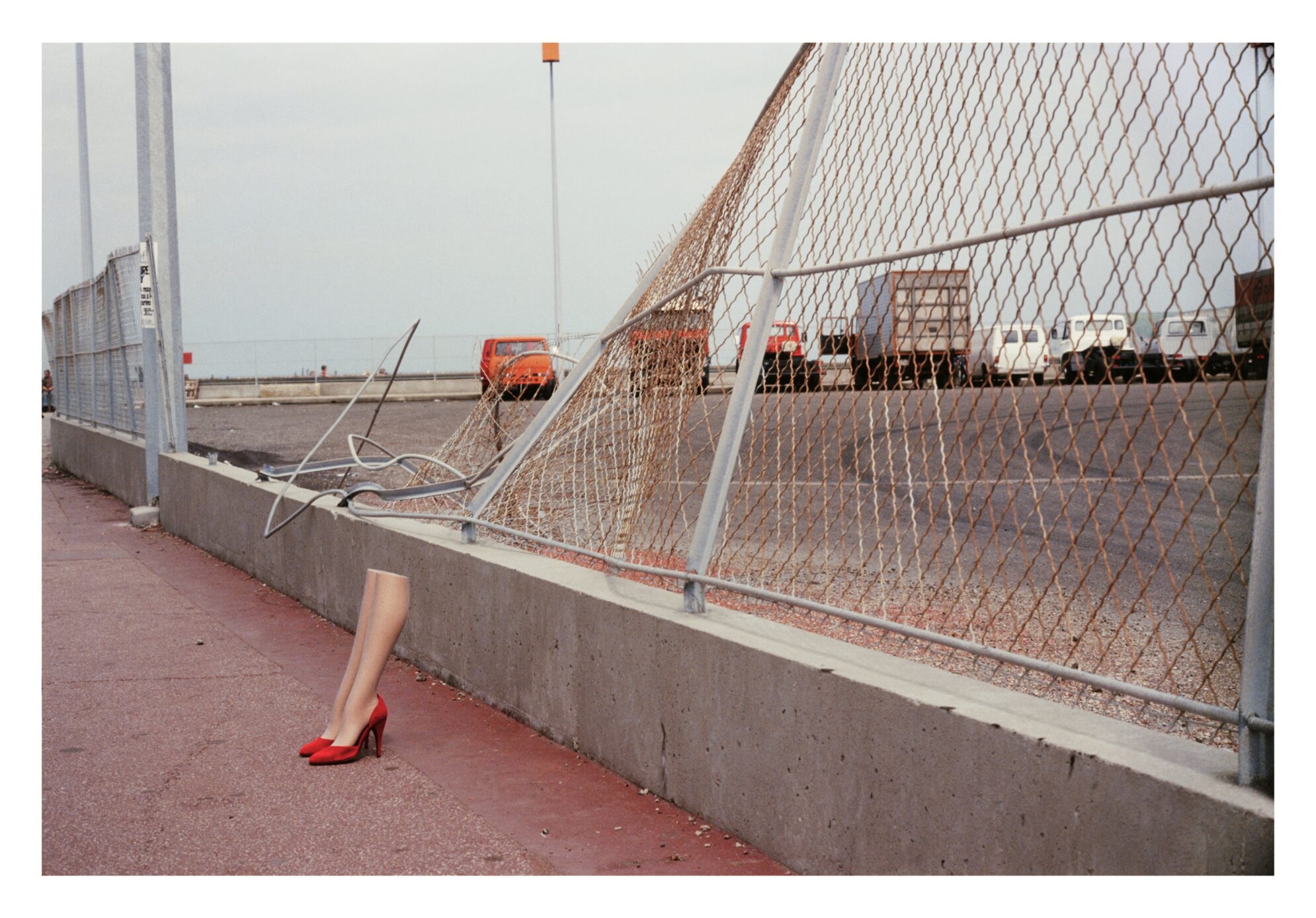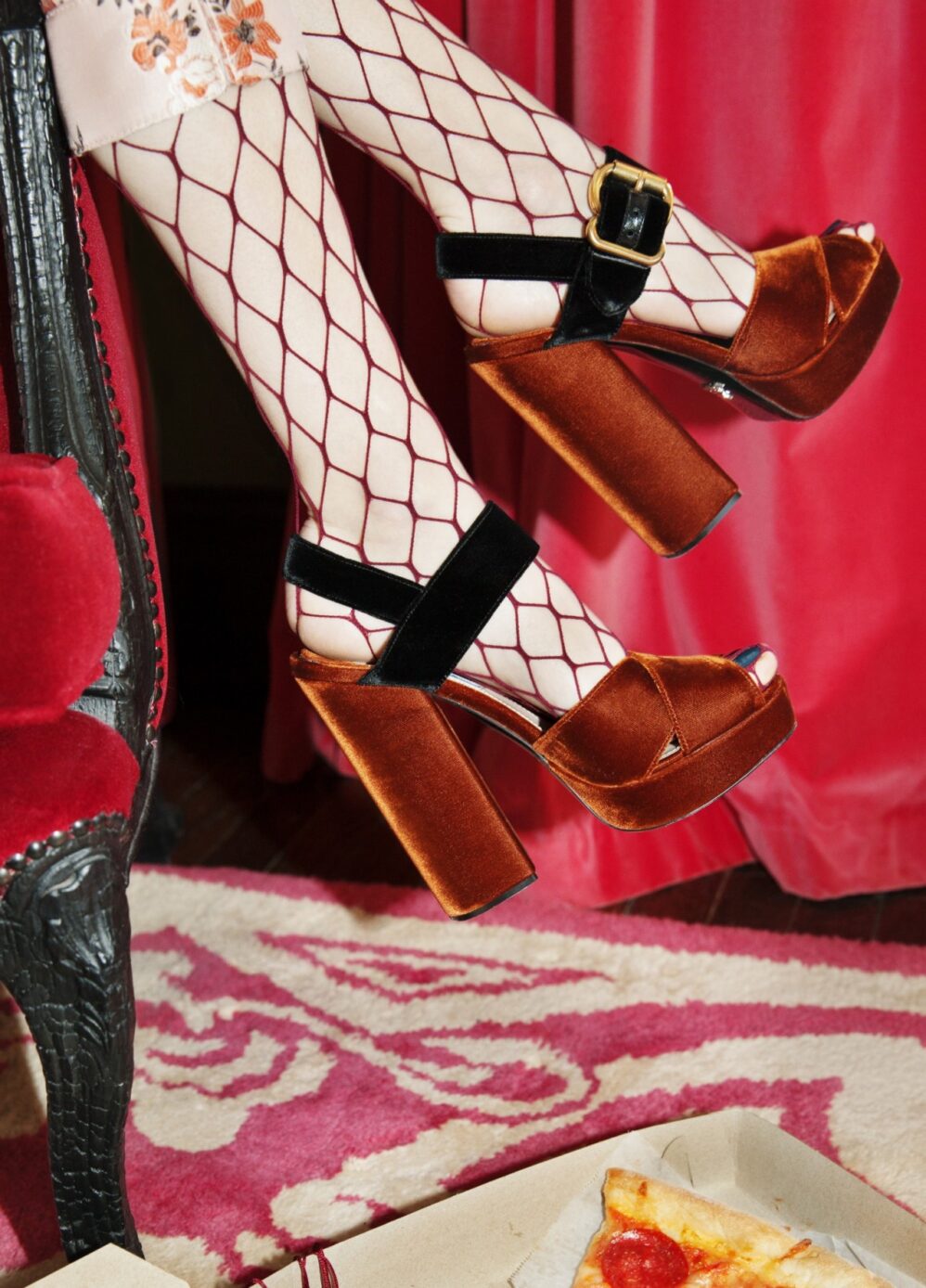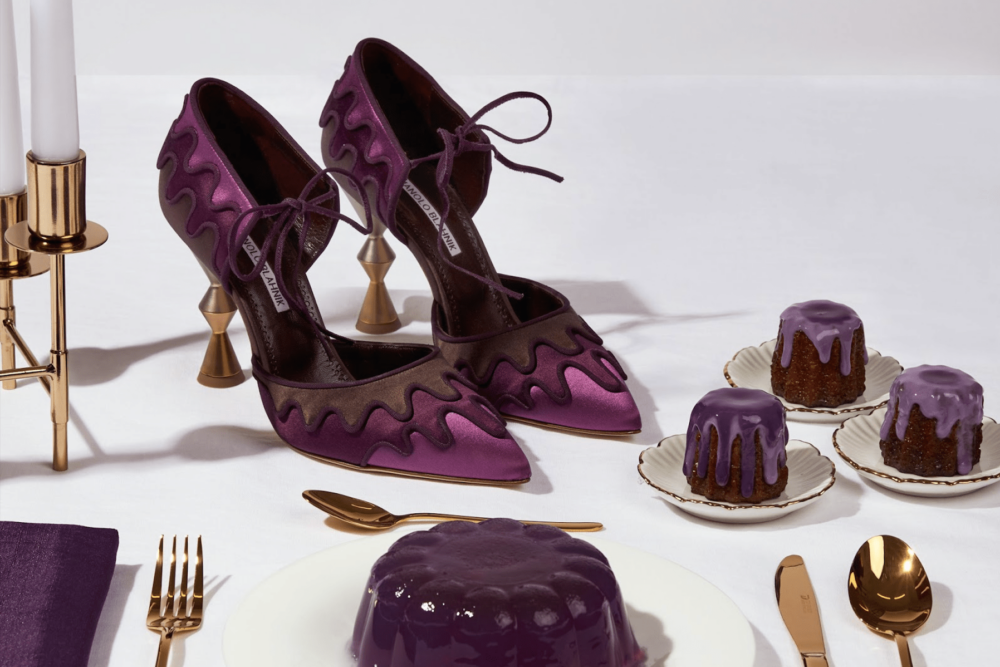We live in a world where man-made objects are imbued with constructed cultural meanings. As society progresses these objects’ meanings shift with the larger cultural ethos. The sartorial, is particularly amorphous, forever ebbing and flowing with the pace of culture.
Throughout history, high heels have been one of the most prominent sartorial objects to undergo this shift. They have a longstanding reputation as a major manifestation of femininity, and though we know the terrible effects they have on their wearers’ health, they continue to be a staple in women’s wardrobes. High heels, however, do not just represent the feminine, they also signal the social restraints and prejudices of being a woman in addition to how women have utilized their oppressive characteristics as empowerment.
The article refers mostly to the male/ female gender binary because high heels, as an object, has been historically characterized by this binary. They exist within this discourse as markers of difference between masculinity and femininity, and this article aims to address the socially constructed associations of high heels.
High heels were not always the ultimate sartorial signifier of femininity. Prior to this, high-heels once, in fact, belonged to men. First worn by the Persian cavalry, heeled shoes slowly made their way into the wardrobes of royalty where they inevitably became associated with wealth, status, and privilege. It was not until the French Revolution and the emergence of capitalism that heels became classified as feminine rather than masculine. Since then, the meanings associated with high heels have been amorphous and at all points in time, these shoes were never singular in their symbolism.
Before anything else, contemporarily, high heels represent femininity- along with lipstick, and dresses, high heels are recognized as one of the main signifiers of the feminine and are used to signify this sentiment almost everywhere in the world: they are printed on bags, modelled on cakes, even Barbie’s feet were shaped for wearing heels. In 2019, Turkish artist Vahit Tuna hung 440 pairs of black high heels on a building wall in Istanbul to commemorate women murdered by their husbands in 2018. We have been socialized to associate high heels with women and, moreover, they have become an integral part of womanhood. 
The story of how high heels came to represent femininity instead of wealth and status is one that is tied to the gender binary, but also class position. It has been thought, historically in some cultures, that a woman’s feet should be small to show that she belongs to a noble family and hence does not have to perform manual labour. Additionally, small feet denote a certain “elegant” and “delicateness” in the way that they walk. Traces of this belief can be found in many cultures around the world, and in China, the evidence of these beliefs still remains physically in the feet of old women who had them bound as children. High heels, as a tangent of this logic, were meant to make women’s feet appear smaller, but to also alter the way women walk, and in this sense wearing high heels requires resilience, and discipline. “Heels at once lift women up and hold them – hold us – back” (Garber, 2016).

Because heels are rooted in this history of oppression, in a way, implicitly, they make their wearers appear submissive. As much as a pair of Louboutins represents femininity, they also signify the kind of femininity that is looked down upon, not just by men but also by women alike. Heels wearers are considered impractical, airheads, the quintessence of vanity – those who are willing to suffer to look good. They are also sexualized to the point of becoming a threat. Taylor Swift sings “She wears high heels/ I wear sneakers”, after all, as if a girl could only either wear one or the other. Take a look at any female superhero villains feet, they are always wearing heels. The threat that comes from these villains, however, is not inherently violent. Rather it exists in the libidinality of the “witch” figure; a woman who owns her sexuality can be threatening to the patriarchal order. Thus, the femininity that high heels represent exists on two different spectrums: one of an oppressed, compliant identity and one of a malicious, menacing nature.
With that said, it is worth noting how high heels have been reclaimed by feminists in order to portray not just female empowerment but also gender fluid positivity. “The higher the heel, the closer to God”, a pair of sneakers is comfortable, but strutting in a pair of heels is a statement about one’s agency and sexuality. Personally, I believe the only reason that one should not wear high heels is not based on one’s gender, class or anything other than one’s concerns over their own health. If you feel like putting on a pair of sky-high heels, wear it out and wear it with pride.
 Delora is an Editorial Intern at liminul.
Delora is an Editorial Intern at liminul.
Hanoian born and raised, she grew up in a village with a rich history of handicraft. Her favourite place? Museums. Favourite phrase? The Eye Has to Travel.

